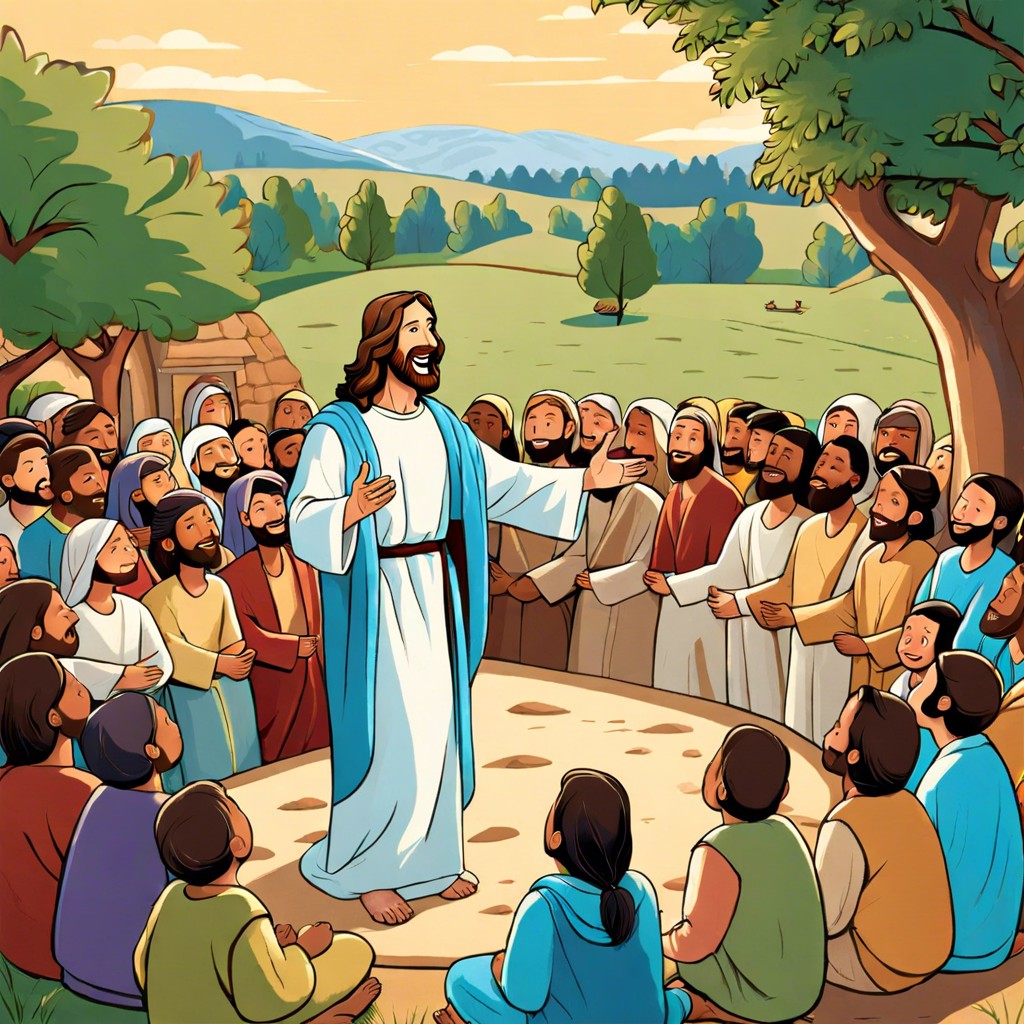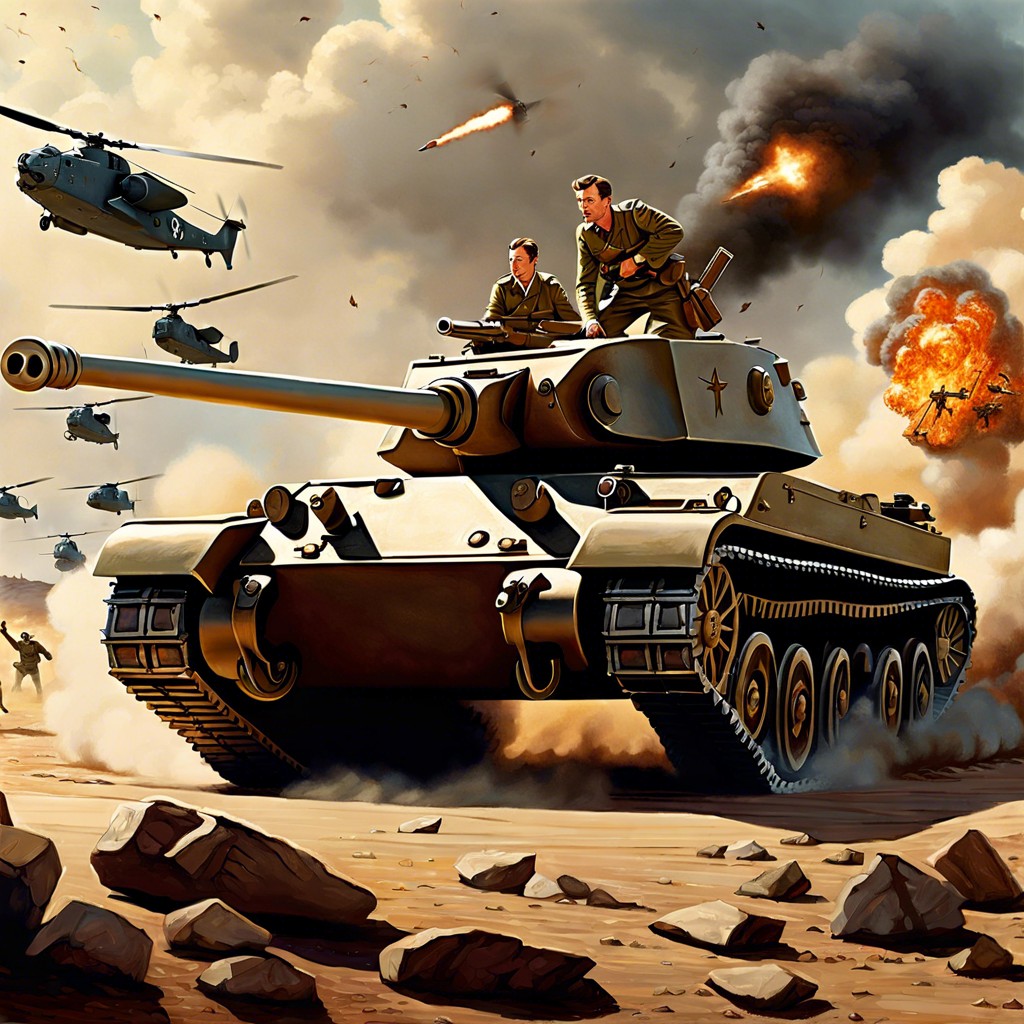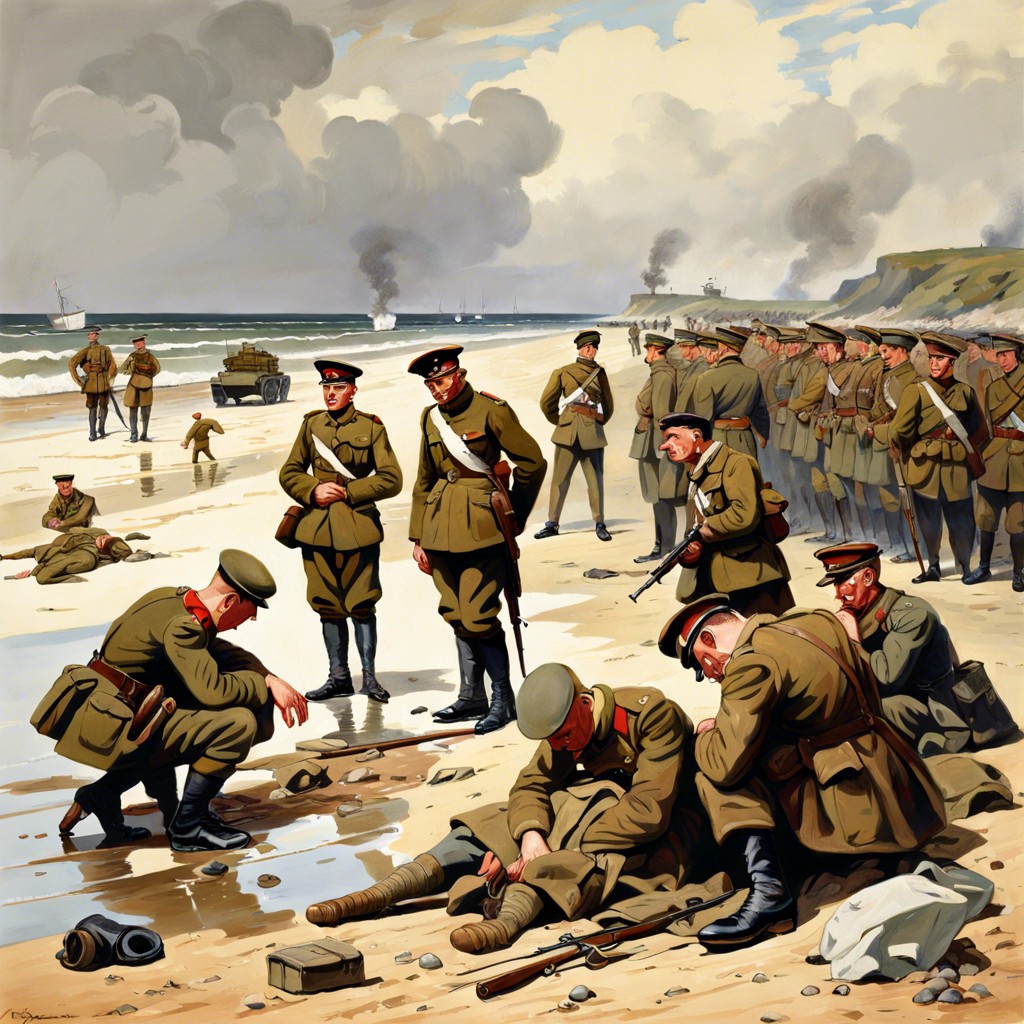If Jesus never died, we might see a Christianity that focuses more on his teachings than his resurrection.
Imagine a world where the crucifixion never happened and Jesus lived on. The ripple effects would be monumental: Christian theology might pivot dramatically, history would rewrite itself, and cultures could shift in unexpected ways. Dive in, because we’re exploring how this alternate reality could have transformed religious symbolism, global interfaith dynamics, and much more.
Key takeaways:
- Christianity would focus on Jesus’ teachings, not resurrection.
- Radically different Christian theology without crucifixion’s core events.
- Historical change without Easter, slower spread of Christianity.
- Art and holidays would be unrecognizable, societal shifts galore.
- Religious symbols, like the cross, would be vastly different.
Impact On Christian Theology

Without the dramatic end of Jesus’ crucifixion and resurrection, Christianity’s core tenets would look distinctly different. The concept of salvation through Jesus’ sacrifice? Poof, vanished! The whole notion of atonement for humanity’s sins rides shotgun on this pivotal event.
Here’s a curveball: No resurrection, no Easter. Imagine kids hunting for eggs in November. Yeah, strange stuff. The idea of original sin and redemption might need a total rewrite. The crucifixion serves as Christianity’s ultimate symbol of love and sacrifice; without it, what would hang on chapel walls? A really, really nice portrait?
Faith dynamics would shift. No physical resurrection means no victorious comeback tour. This lack of a dramatic finale might leave the faith less compelling. Second Act: The Apostles might’ve had fewer awe-inspiring tales to tell, making spreading the gospel a bigger uphill battle.
Biggest punchline? Without the cornerstone events of Jesus’ death and resurrection, would Christianity even have become a major religion? Today’s world might have entirely different beliefs, traditions, and memes.
Possible Historical Consequences
Think of the radical shift in history. Without Jesus’s crucifixion, there might be no resurrection narrative. That means no Easter, folks. No Easter Bunny either—sorry, kids.
Christianity could have taken a completely different shape; perhaps it wouldn’t have managed to spread as rapidly. Paul’s epistles would read like first-century motivational emails, minus the Passion Week hype.
Roman authorities might have treated him as a persistent but manageable nuisance rather than a martyr sparking a movement.
Jewish-Roman relations would have had one less explosive catalyst. Maybe a couple more peace treaties signed over falafel or matzo ball soup?
Fast forward a few centuries, the Crusades? Maybe not so crusadey. Holy wars could have had a different focus, or fewer religious pretexts.
Imagine how art and literature would adjust. No Last Supper; Leonardo might have stuck to portrait painting.
Social and Cultural Shifts
Certainly, society as we know it might have undergone remarkable transformations. Picture this: centuries without the iconic cross as a symbol. Art would look drastically different. Renaissance painters would’ve scrambled for new inspiration—perhaps inundating us with excessive cherubic faces.
Public holidays like Easter and Christmas could be unrecognizable. Gift-giving traditions might have revolved around other mythical characters. Sorry Santa, the gig could’ve been up for you!
Europe’s history, heavily influenced by Christian crusades and inquisitions, would take a wild turn. Perhaps, instead of medieval knights, we’d have an age of peace? Okay, let’s not get ahead of ourselves—people have been bickering since the day fire was discovered.
Ongoing social norms might also be different. Imagine a world less focused on doctrines of sin and salvation; the medieval obsession with penance might’ve been swapped for a culture more about humanistic values from the start.
How’s that for a brain-tickler?
Changes in Religious Symbolism
Without the crucifixion and resurrection, those iconic crosses dotting landscapes around the world would likely be nothing more than architectural curiosities. Imagine a world where the Christian fish symbol had to carry the entire branding load. Heavy lifting for a simple fish, huh?
One could argue that instead of the cross, symbols of Jesus’s teachings—like a shepherd’s staff or loaves of bread and fish—might take center stage. Communion might shift from a somber remembrance to a jubilant feast celebrating his miracles.
Church art would experience a dramatic redecoration too. No more somber Crucifixion scenes; instead, walls adorned with lively miracles, festive gatherings, perhaps a lot more wine imagery – a nod to that wedding at Cana. Drawing inspiration from a living, teaching Jesus rather than a martyr might also mean less focus on suffering, more emphasis on kindness, and endless Sunday potlucks.
Influence On Global Interfaith Dynamics
Imagine a world where Jesus didn’t go through his famous resurrection story. This would definitely shuffle the deck of global interfaith dynamics.
First up, the point of common ground among Abrahamic religions might be less firm. Christianity, Judaism, and Islam all hold the crucifixion and resurrection stories in various degrees of importance. Without the Crucifixion, would they find new reasons to pull together or drift further apart?
Next, considering Christians wouldn’t have the resurrection to center their beliefs on, their dialogue with other religions might shift. Maybe more emphasis on Jesus’s teachings rather than his sacrifice would create a different kind of interfaith dialogue.
Lastly, think about how religious identity and advocacy might change. Without the ultimate sacrifice narrative, would the symbols of Christianity hold the same weight, thus altering how they express their faith in the mosaic of world religions?




